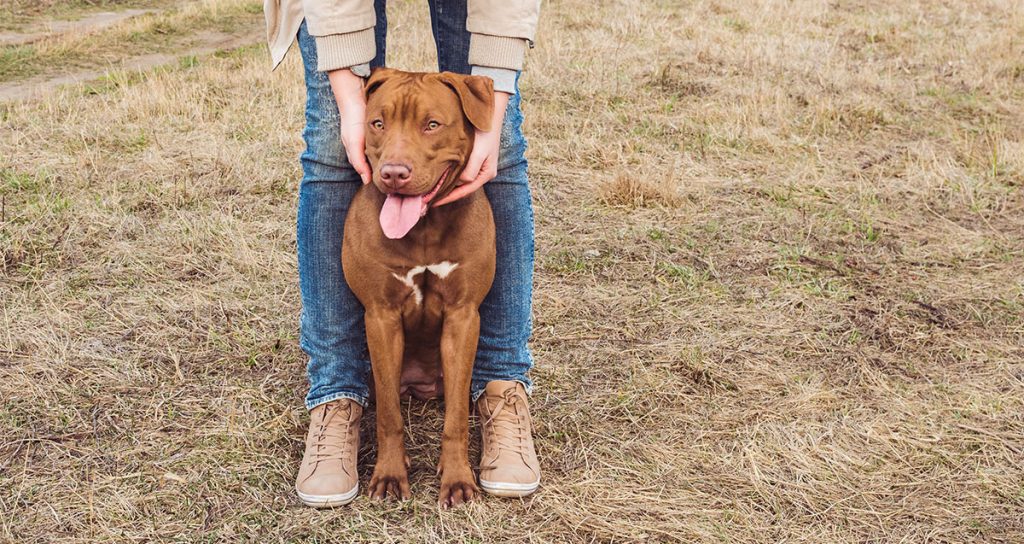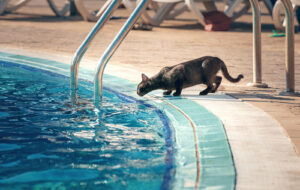Quality dental care is based upon a methodical process. The 10-step cleaning procedure is the foundation from which proper diagnosis and treatment flow. By being diligent in applying these steps, your pet will greatly benefit.
PATIENT HISTORY AND PHYSICAL EXAM
- This is important for several reasons. Many times, clues in the patient’s history can lead us to a specific dental lesion. Some systemic diseases can have implications for oral health. We may find other diseases or problems that may affect anesthesia therefore, we may require pre-anesthetic blood panels along with the physical exam to adequately assess the patient’s health.
INITIAL ORAL SURVEY
- This survey will be done prior to anesthesia in a cooperative patient, or immediately after anesthetic induction. We give the entire oral cavity a “once over” to give us an idea about what the case might entail. Many things we look for are occlusal abnormalities, ulcerations of the gingival or labial tissues, lesions on the palate, lesions under the tongue, fractured teeth, discolored teeth, increased mobility, caries or resorptive lesions, furcation exposure, odor, pain on manipulation, TMJ crepitus, missing teeth, super-erupted teeth and expansion of alveolar bone around teeth.
SUPRAGINGIVAL CALCULUS REMOVAL
- Removal of the supragingival calculus (above the gum line) is the most visible part of the procedure for you the owner but is the least important part for the patient’s dental health. It is important to realize that this step is all a groomer or layperson can perform without anesthesia. The idea that a quality dental cleaning can be done on awake patients is ludicrous. People who attempt non-anesthetized cleaning procedures are unable to assess the extent of potential disease. If there are areas of pain, the patient is subjected to discomfort as these areas are cleaned. Supragingival calculus removal usually is accomplished with a combination of power equipment followed by hand scaling.
- Subgingival scaling is the least visible part of the procedure for the owner, but is the most important part of the procedure for the patient. This scaling serves to remove calculus, plaque and toxins from the root surfaces, allowing normal re-attachment of periodontal structures to the root. Subgingival scaling involves a combination of power equipment and hand instruments and may involve three different steps. These steps are subgingival scaling, root planing (smoothing rough surfaces), and subgingival curettage ( soft tissue debridement of the inside of the gingival pocket). Periodontal disease results from the combined action of oral bacteria and the immune response of the patient resulting in loss of the supporting structures of the teeth. When the pockets are minimal, we can usually help the gum to reattach using the root planing and adding a product called doxirobe to help with healing. If the pockets become too large, this can result in major bone loss, infected or loose teeth and require extraction. This step requires added attention to detail to try and save the patient’s teeth.
POLISHING
- Polishing of the tooth surface removes small defects and irregularities that occur during the cleaning process. Smoothing the surfaces decreases plaque retention and slows the formation of calculus.
SULCUS IRRIGATION/LAVAGE
- After cleaning and polishing, debris will be present in the gingival sulcus. This debris should be removed to prevent irritation of the soft tissues.
COMPLETE CHARTING
- At this point, we chart all the pathology present in the mouth. Changes in dental health can be easily tracked by referring to earlier charts of the same patient.
RADIOGRAPHS
- Radiographs are an essential diagnostic tool in veterinary dentistry. Eighty percent of clinically relevant dental anatomy is not visible to the naked eye. It is simply not possible to practice quality dentistry without the use of dental radiographs.
TREATMENT PLAN
- Most patients will require some additional treatment beyond basic cleaning. We will try to discuss all options with you. Unfortunately, many problems are not found until the patient is anesthetized and the above procedures are performed. We would like to help your pet as much as possible without multiple anesthetics and trips to us. Therefore, we may ask to do many procedures at the initial consult such as extractions, root planing, gingivectomy, doxirobe placement, radiographs and tooth sealant of fractured teeth even if we can’t reach you. All patients who received more than just a basic cleaning will receive drugs for pain management and possibly even antibiotics.
We will go over the many home care options available depending on the severity of the dental procedure. After a comprehensive oral health assessment and dental cleaning, regular brushing is the most important piece of home care in the prevention of recurrence and progression of periodontal disease. Regular brushing prevents plaque which builds up very quickly from turning into tartar which then becomes calculus over time. There are also a handful of products available that have received approval from the Veterinary Oral Health Council. Hills T/D diet and Healthy Mouth water additive are two such products we recommend to aide in the prevention of periodontal disease. Click the link for a List of Approved Products. Beware, there are many imitator products out there, so make sure you look for that seal of approval from the Veterinary oral Health Council.





